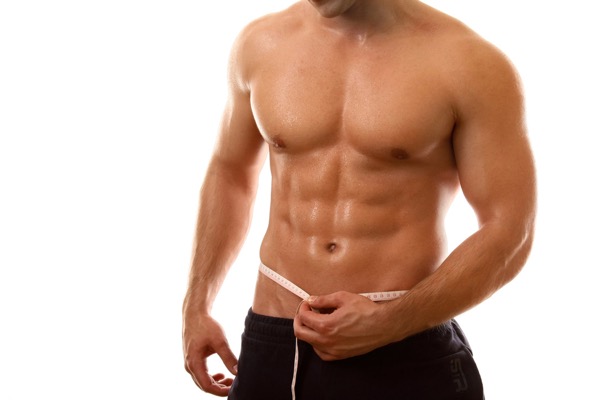Can you Burn more Fat with Fasted Exercise?
Looking to burn more fat during workouts? Try exercising in a fasted state.
We’ve all been told that breakfast is the most important meal of the day. Yet at the same time the benefits of intermittent fasting for promoting health and protecting against aging are now well documented. In fact, there is now mounting evidence that eating three meals a day is not necessary for effective weight loss or health maintenance.
When it comes to exercise and fat loss there is also evidence to suggest that for quicker results you may want to train in a fasted state.

Here’s why fasted training may help. When you eat, the hormone insulin is released from your pancreas to the bloodstream and shuttles glucose (carbohydrate) into muscles and other tissues, where it is used for energy. Any excess glucose is converted to fat and stored in the adipose tissue. When you fast, the hormones glucagon and cortisol stimulate the release of these fatty acids from adipose tissue into the bloodstream. The fatty acids are taken up by the muscles and other tissues and broken down (oxidized) to produce energy. In this way the body switches from utilizing carbohydrates to fats as its primary fuel to keep you energised.
Obviously exercise at any time of the day will burn calories but exercising in a fasted state when your insulin levels are low will help you burn more fat your workouts. This may be useful if you have reached a plateau in your weight loss or trying to get rid of ‘stubborn fat’
However, this is a downside. In one study in Korea those undertaking fasted exercise cause the men to burn more fat but it also increased levels of the stress hormone cortisol after exercise relative to the fed workout. A raised cortisol level can increase muscle breakdown – not ideal if you’re looking to maintain or gain muscle mass.
Even so the researchers in this study suggested that morning fasting is a great time for a fat-burning workout, as long as it’s not too stressful on your body.
There can be another downside to fasted exercise. Some people find they have less energy and focus to train as effectively. This may mean you train at a lower intensity will could affect performance and overall gains. So fasted training may not be for everyone but if you are looking to burn more fat you may wish to give it a go.
What type of Exercise?
Both resistance training and cardio can be effective in increasing fat burning. If you’re used to lifting heavy weights you may find that initially when you make the switch, the first few workouts feel harder. Typically after a week or so after switching from a fed to fasting training schedule this improves. Studies have shown your body can adapt to training in a more fasted state and becomes more efficient as a result.

If you like your cardio your best bet for fat loss is HIIT training. There is now a wealth of research to show that high-intensity interval training is more time effective for losing fat than traditional “low-intensity steady-state” cardio. So, this can actually mean shorter but more intense training will result in a greater fat burn than longer gym sessions.
This seems to be a number of reasons why HIIT Training is particularly effective. It can increase your metabolic rate for up to 24 hours, enhances insulin sensitivity meaning your body is better able to utilise food you eat for energy rather than store it as fat. It may also increase growth hormone levels, which aids in fat loss. HIIT sessions only need to 20 to 30 minutes long to have benefit.

When to Exercise
For most if you are considering fasted exercise it is best to do it first thing in the morning. This ensures that your insulin is really at a low level. Typically fat burn is greatest after 6 hours or so of fasting. One of the simplest ways to ensure you are exercising in a fasted state is simply to stop eating in the evening at a set time and fast for at least 12-14 hours. So if you finish your evening meal at 7pm and work out at 7am you will be in a true fasted state – this is often known as time restricted eating. If it is not possible to train first thing in the morning you will need to plan your meals carefully to ensure you are in a fasted state later in the day. Depending on what you eat the food may still be affecting insulin levels 5 hours after the meal.
Of course, if you are looking to loss fat you also need to consider your overall energy consumption through the day – yes calories do count. To avoid muscle loss, eat a high protein diet and combine resistance training with cardio through the week.

